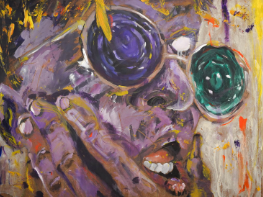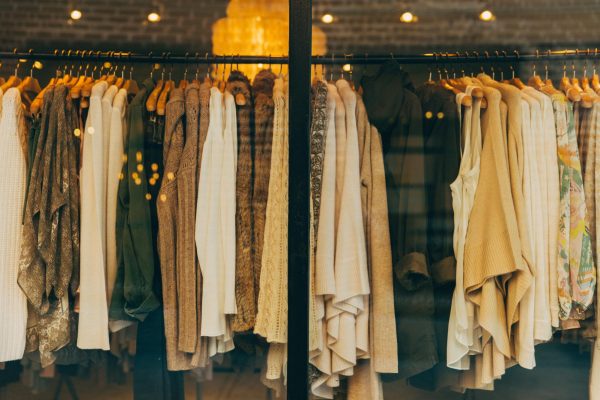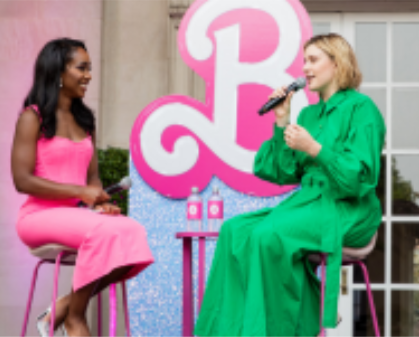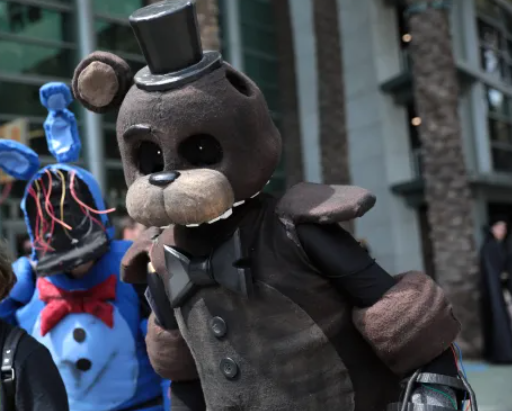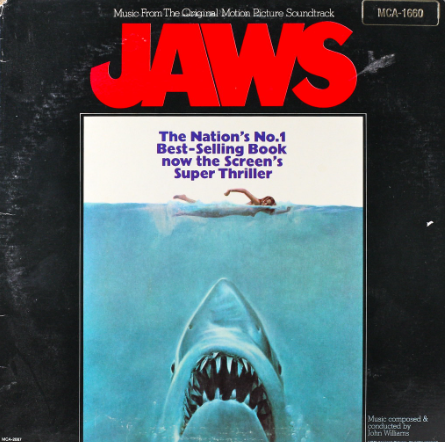The influence of fashion on culture across history
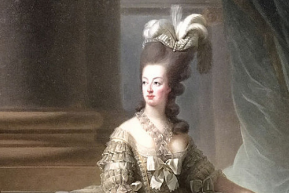
PHOTO OBTAINED FROM WIKIMEDIA COMMONS THROUGH CREATIVE COMMONS
Queen Elizabeth I was one of the most notable fashion influencers in the 1500s. She often posed for portraits like this one. https://creativecommons.org/licenses/by/2.0/
September 15, 2022
In today’s world, fashion influencers sit on a much more metaphorical throne than those of the past. With the term “fashion influencer” likely comes the thought of social media, but they’ve been around long before any form of digital media was conceived.
The first people to influence style on a large scale were women of royal blood as early as the 16th century. These monarchs lived within the eye of the public, so it made sense that they put effort into what they wore. It, too, made sense that the subjects of these royal women would feel compelled to replicate their style because of this.
One of the earliest and possibly most prominent of these women was Queen Elizabeth I of England, who set the tone for the fashion of the 1500s throughout her rule. With a palette for extravagant gowns, she inspired a massive trend in lavish clothing for both men and women,which was often used by those around her to get her attention. The biggest shift she caused, however, was in beauty standards. Until her rule, cosmetics were unpopular, yet with her on the throne, heavy makeup became the norm. Her influence was so much so that the women of England began to paint their teeth black to match the decaying teeth of the queen in her old age.
Farther down the line in history came another prominent woman who influenced the fashion landscape of her time. During the 1770s, Queen Marie Antoinette of France used style as a way of improving her public image. Though it didn’t work out for her in the end, her way of dressing continues to be a subject of inspiration some 200 years after she was sent to her death. The difference between her and Elizabeth was that Antoinette did not pull these looks together on her own. Rose Bertin, considered the first fashion designer, worked behind the scenes for the queen to put these looks together much like how a stylist or brand might work with influencers today.
This trend of royal fashion icons continued until the early 1900s, when the influencer torch was passed from monarchs to the new concept of celebrities. The creation of film brought with it a new way to reach a large audience, meaning a new way to shape the public. Among the most influential of these people was Audrey Hepburn, an old Hollywood star and fan of minimalistic style. Intertwined with Hollywood actors were models and political figures who shaped the style of their generation.
Advancements in technology during the 80s led to a surge in the popularity of music videos as well as another new wave of influencers. This species of style icons manifested in the form of musicians, among the greatest of which was Madonna. Collaborating with fashion designers and inspiring trends, Madonna’s influence on style remains to this day.
In 2009 came the birth of the modern fashion influencer with the invention of Instagram. No longer did you need to be famous or in power to sway the trends of an era. With the creation of this platform, being a fashion influencer became much more approachable. That being said, some of its organicness has been lost; once something that seemed to be natural and almost accidental, fashion influencing has become much more deliberate.
Though it has evolved since its royal origins, fashion influencing remains an important part of shaping the style of a generation.







